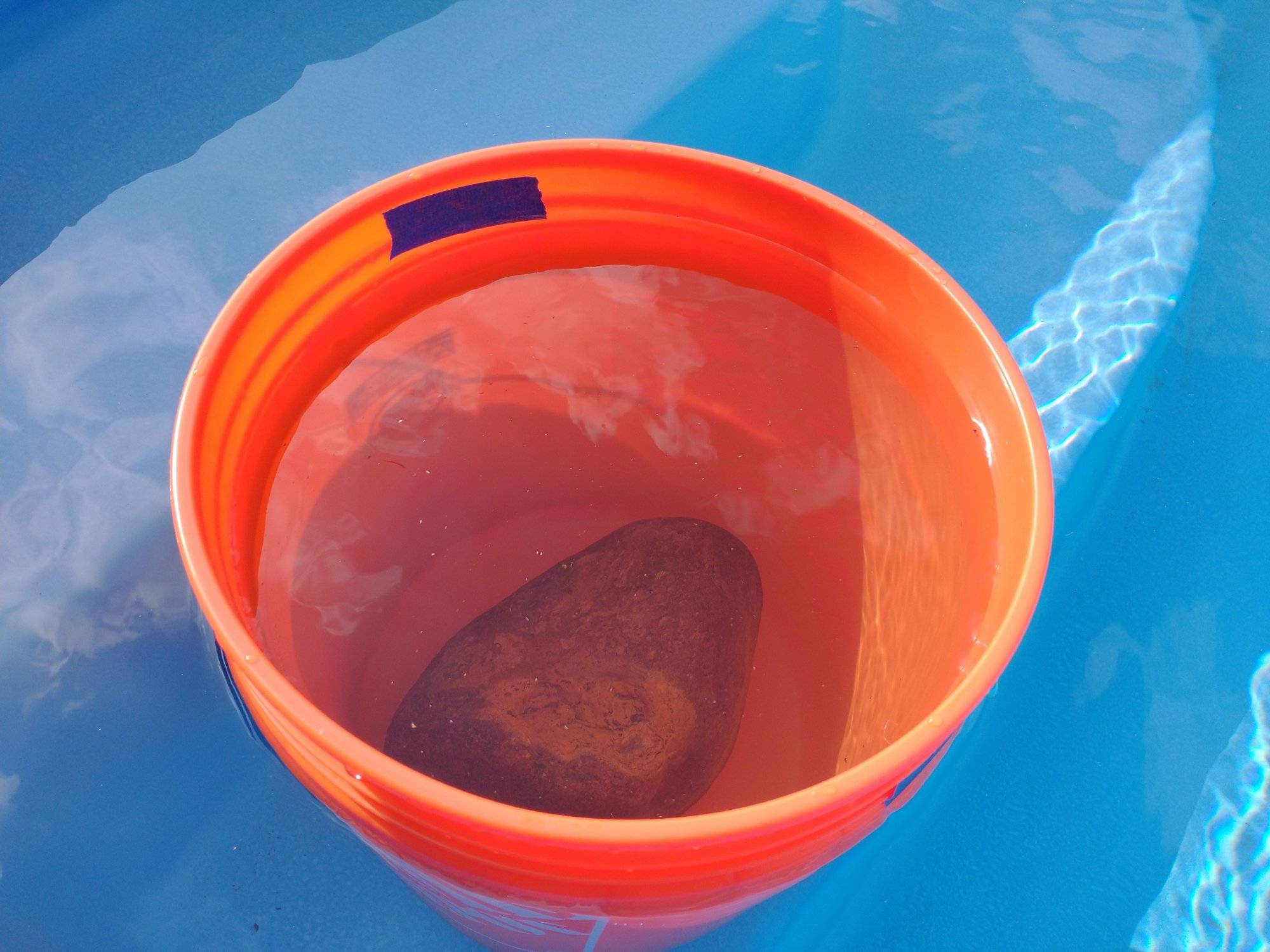Thanks, Herman,The weir on the skimmer inlet is there for a specific purpose which is to create better skimmer action. It also keeps debris in the skimmer when the pump is off. It is your option to remove it.
Suggest you continue to clean the seating area for the pump cover and lube the oring every month (as a minimum).
Also since you wish to run the pump less than 24/7, just bleed any air from the filter.
I'll take your advice about the frequent o-ring lubing/cleaning. I will try to do that monthly or more often and of course clean the basket at that time too.
I have the weir installed at the moment with plenty of water in the pool. With this weir, if the pool gets even slightly below half full at the poolside skimmer opening, then during the high speed of priming a vortex appears in the skimmer with air getting sucked in and causing loss of priming at the pump. If I keep the weir, I will have to keep a close eye on water levels. The vortex doesn't form without the weir unless the water is VERY low.
My other (related) concern now is that I may have a leak in the pool, despite the fact that it was replastered only 5 months ago. If it turns out there is a leak, I will probably remove the weir so I don't hurt the pump with accidental continuous air introduction when I'm not watching. Today I have started following the level of the pool over 24 hours. We'll see how much it drops.




